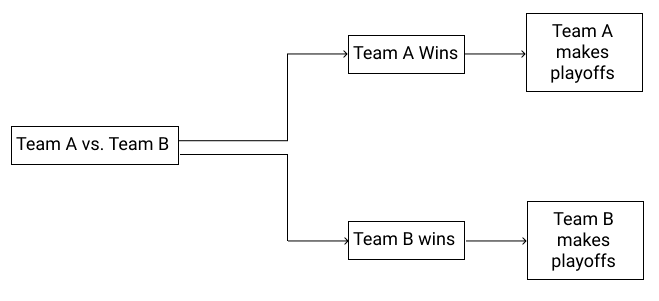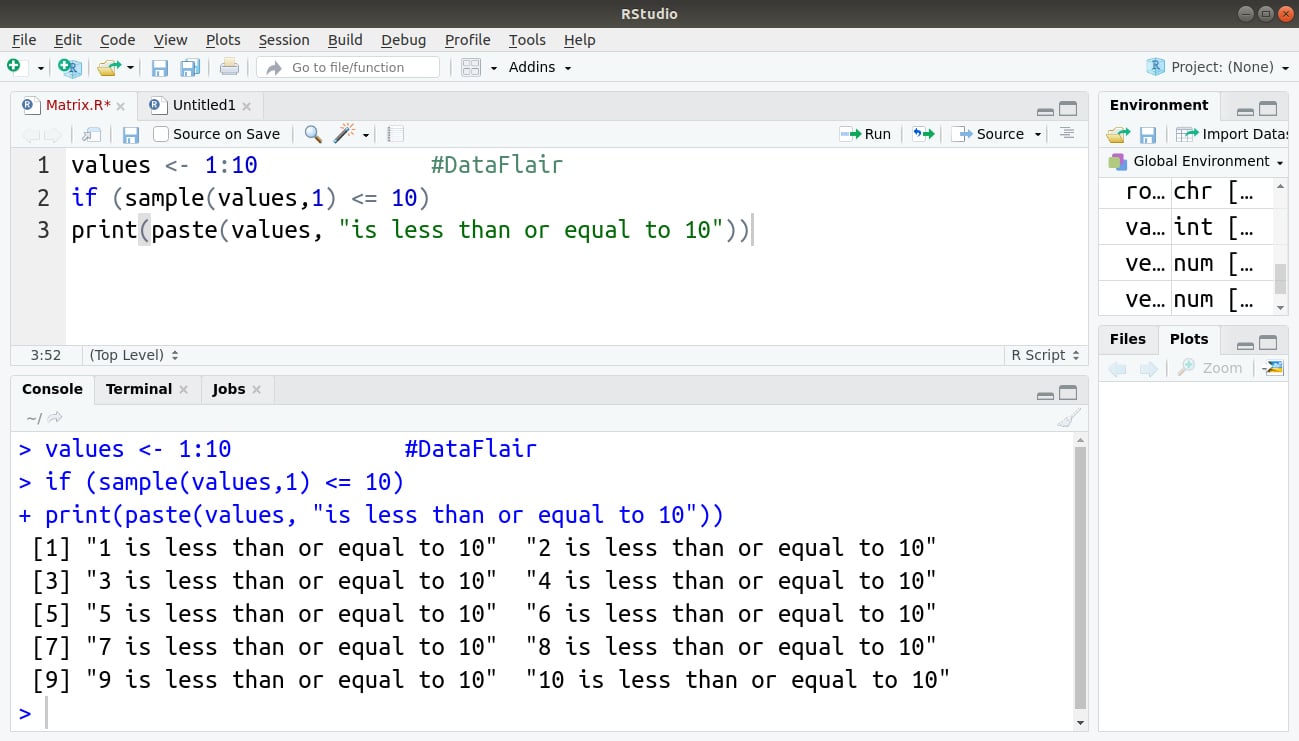
#Print variable in loop in r code
While loops are used when you don't know the exact number of times a block of code is to be repeated. Loops help you to save time, avoid repeatable blocks of code, and write cleaner code.
#Print variable in loop in r how to
In this recipe, we will demonstrate how to use a for loop to append it's output in a dataframe as rows using rbind() function. They help us to implement complex logic which requires a repetitive step. It helps us to iterate through vectors, lists and process required functions to its elements. This violates the DRY principle, known in every programming language: Don’t Repeat Yourself, at all cost.In programming, loops are used to repeat a block of code as long as the specified condition is satisfied. Loops are an important feature in R-language. You immediately see this is rather tedious: you repeat the same code chunk over and over. You can do this as follows: print(paste("The year is", 2010)) Suppose you want to do several printouts of the following form: The year is where is equal to 2010, 2011, up to 2015. Let’s get back to the conceptual meaning of a loop. You only need to specify how many times or upon which conditions those operations need execution: you assign initial values to a control loop variable, perform. If you want to learn more on the concepts of vectorization in R, this is a good read. Each iteration, value should be added to sum, then sum is printed out. Our code will now print the name of each of the robots in sequence. Let’s assume that we want to run a for-loop that iterates over a. An introduction to looping over lists and variables in Robot Framework and Python. While loop in R starts with the expression, and if the expression is True, then statements inside the while loop will be executed. Our exemplifying data object is simply containing the numeric value 0. The While loop in R Programming is used to repeat a block of statements for a given number of times until the specified expression is False. xfor <- 0 Preliminary specification of data object. Nevertheless, as a beginner in R, it is good to have a basic understanding of loops and how to write them. Fill in the for loop, using seq as your sequence. Let’s do this in R First, we have to specify a data object that we can use within the for-loop: xfor <- 0 Preliminary specification of data object. For example, solutions that make use of loops are less efficient than vectorized solutions that make use of apply functions, such as lapply and sapply.

Simply put, this allows for much faster calculations. Why? Well, that’s because R supports vectorization. The loop below uses i to index each variable (column) in turn.

When surfing on the web you’ll often read that one should avoid making use of loops in R. The loop below would print the elements of a vector x, one element on each iteration. Sounds weird? No worries, it will become more clear once we start working with some examples below.īefore you dive into writing loops in R, there is one important thing you should know. code block: This is the expression that’s evaluated. See variables naming conventions in the first course for valid variable names. They allow you to automate parts of your code that are in need of repetition. value: This is an iterator variable you use to refer to each value in the sequence. It is aimed at beginners, and if you’re not yet familiar with the basic syntax of the R language we recommend you to first have a look at this introductory R tutorial.Ĭonceptually, a loop is a way to repeat a sequence of instructions under certain conditions.


In this tutorial we will have a look at how you can write a basic for loop in R.


 0 kommentar(er)
0 kommentar(er)
